Teach multiplication and division fact families with a fun printable memory game.
Remembering Multiplication and Division Fact Families
With this resource, students will aim to recall matching fact families for multiplication and related division facts to 10 × 10.
To play, students lay out the number fact cards face-down and take turns flipping over two cards at a time to see if they are part of a fact family.
Choose to focus on one set of multiplication facts, e.g., multiples of four, or play a mega round of all multiples (that might go over several lessons).
There is also a second version of the activity (indicated with a purple background). This version focuses solely on multiplication and division facts of twos, threes, fives and tens.
Through this activity, students will recall multiplication and matching division facts.
How Do Fact Families Help Students Learn Multiplication and Division?
Fact families can be used in all of the four major maths operations, and that includes exploring the multiplication and division equations that use the same group of numbers. A fact family typically consists of three numbers — two factors and their product, or a dividend and its divisor — which are related to each other through multiplication and division.
For example, the fact family for the numbers 3, 4 and 12 would be:
- 3 x 4 = 12
- 4 x 3 = 12
- 12 ÷ 3 = 4
- 12 ÷ 4 = 3
In this ‘family,’ the multiplication equations are related to the division equations, and all four equations involve the same three numbers: 3, 4 and 12.
Looking at equations this way helps students better visualise the relationship that exists between multiplication and division, but that’s not the only benefit.
By setting maths problems up in the form of fact families, we help students develop the fluency they will need to move on to more complex equations. Instead of memorising individual facts in the form of a times table, they can see patterns and relationships between numbers that help them remember the facts more easily.
This use of fact families can help students solve more complex multiplication and division problems by using what they already know about the relationships between numbers. For example, if they know that 6 x 8 = 48, they can use that knowledge to figure out that 48 ÷ 6 = 8 and 48 ÷ 8 = 6.
Tips for Differentiation + Scaffolding
A team of dedicated, experienced educators created this resource to support your maths lessons.
In addition to individual student work time, use this maths game to enhance learning through guided maths groups, whole class lessons, or remote learning assignments.
If you have a mixture of above and below-level learners, check out these suggestions for keeping students on track with the concepts:
🆘 Support Struggling Students
Assist students who need help understanding the concepts by providing them with fact charts they can refer to while playing the game.
➕ Challenge Fast Finishers
Challenge more capable students with listing all facts for each family using the commutative property.
Easily Prepare This Resource for Your Students
Use the dropdown icon on the Download button to choose between the PDF, editable PowerPoint or Google Slides version of this resource.
Print on cardboard for added durability and longevity. Place all pieces in a folder or large envelope for easy access.
This resource was created by Beth Hindi, a Teach Starter Collaborator.
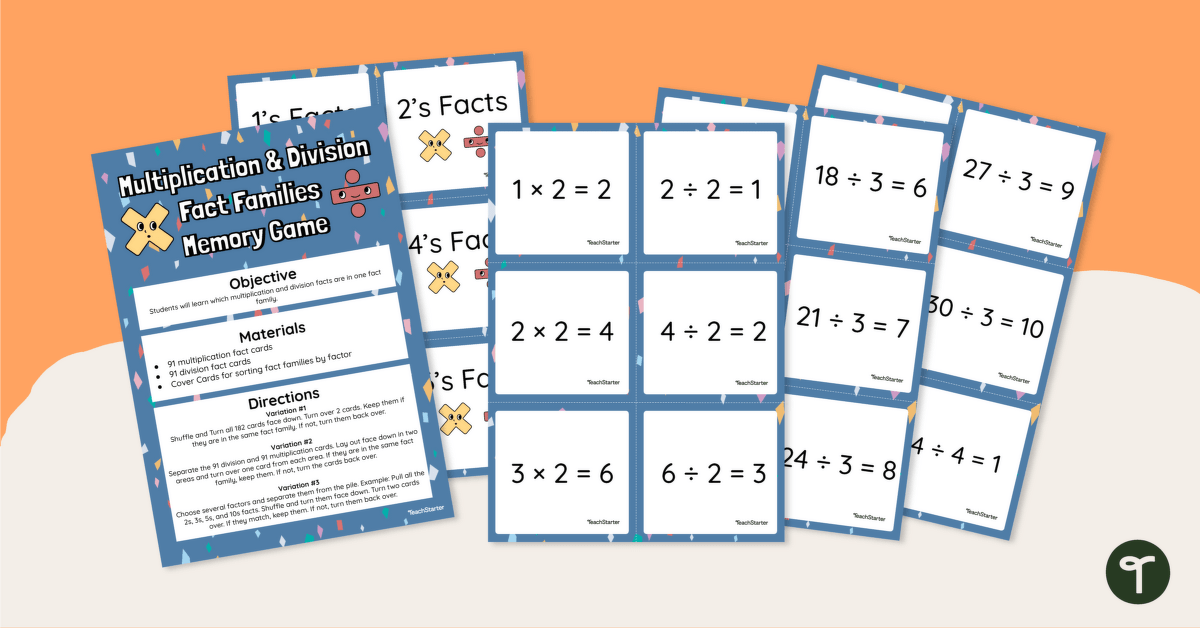


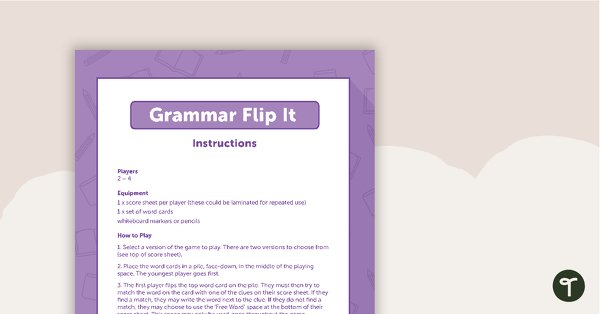
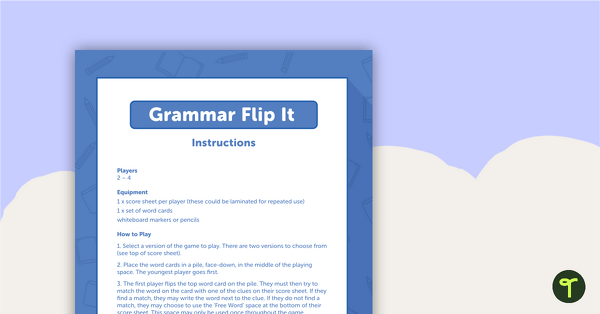
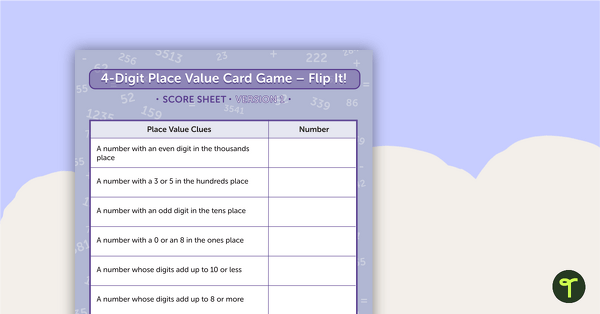
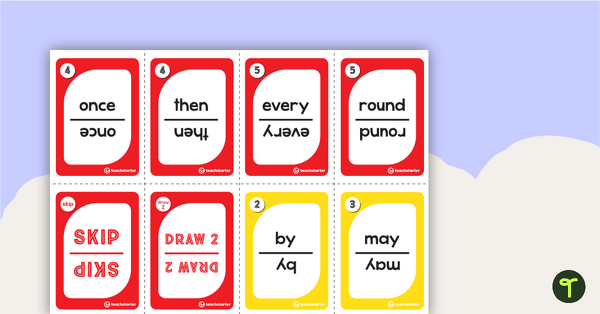
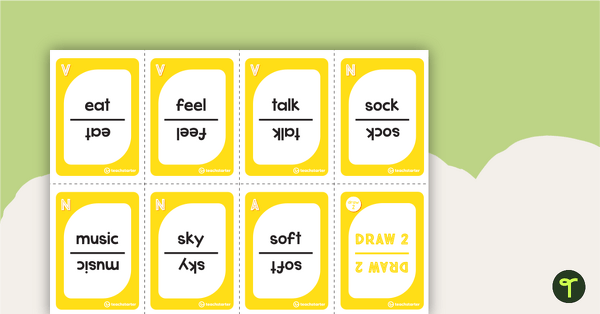
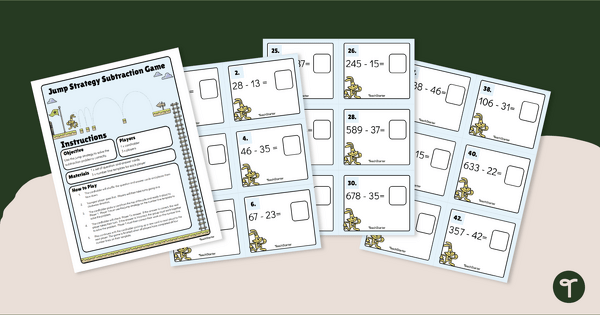
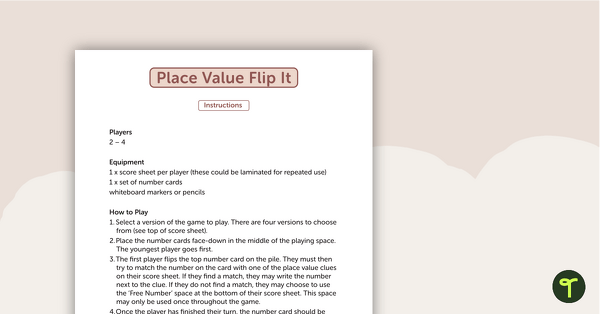
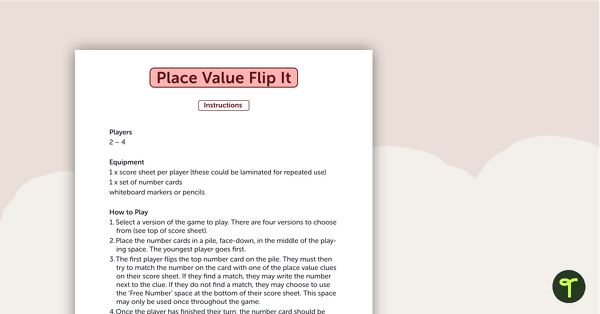
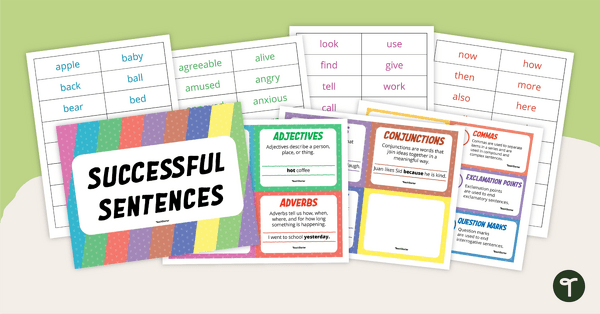
0 Comments
Write a review to help other teachers and parents like yourself. If you'd like to request a change to this resource, or report an error, select the corresponding tab above.